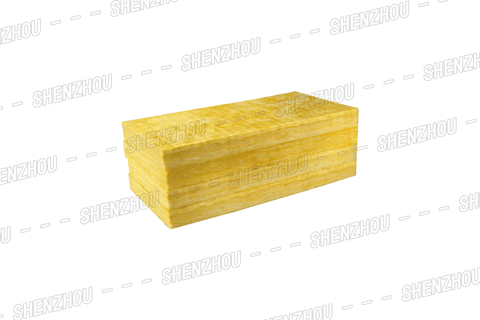
The difference between extruded plastic board and rock wool board
6/17/20245 min read

Squeezed plastic board and rock wool board both occupy an important position in the field of insulation materials, but they have significant differences in raw materials, performance, appearance, fire resistance level, and application fields.
Categories
Popular
Applications of Glass Wool Board:
Interior Wall Compartments:
Enhances the functionality and aesthetics of interior spaces.
Ceiling Systems:
Provides effective insulation for ceilings, contributing to energy efficiency.
Insulation of Iron Sheet Air Ducts or Bellows:
Ideal for insulating ductwork, ensuring thermal efficiency.
Sound Absorption and Noise Reduction:
Reduces noise levels in machine rooms, creating a quieter working environment.
Exterior Wall Insulation:
Offers insulation for residential building exteriors, contributing to energy savings.
Glass Wool Insulation





First of all, from the perspective of raw materials and performance, the extruded board, also known as XPS board, is the extruded polystyrene foam board, which is continuously extruded and foamed by polystyrene resin and other additives through a special process. The hard film formed on its surface is uniform and flat, and the internal completely closed cell foaming is continuous and uniform, forming a honeycomb like structure. This structure endows extruded panels with high compressive strength, lightweight, non absorbent, non breathable, wear-resistant, and non degradable properties, making them an excellent insulation material. Rock wool board, on the other hand, is an inorganic fiber board made mainly from basalt and processed by high-temperature melting. Rock wool board has the characteristics of light weight, low thermal conductivity, heat absorption, and non flammability, which make it excellent in insulation and heat preservation.
Secondly, from the appearance, the extruded board generally has a light blue color, with white and gray colors. The surface is smooth and flat, and there are small and dense holes on the cut surface. The appearance of rock wool board is earthy yellow, and the surface of the board is interwoven and bonded with fiber cotton, with a unique texture and texture.
Once again, in terms of fire protection level, the highest fire protection level of extruded panels is only B1 level, in addition to B2 level, as well as non fireproof ordinary level. And rock wool board, due to its inorganic material properties, has a fire resistance level of A1, with extremely high fire resistance performance, which can effectively prevent the spread of fire.
Finally, from the perspective of application fields, extruded polystyrene boards are widely used for building roof insulation and wall insulation due to their excellent thermal insulation performance and high strength compressive resistance. Rock wool board not only has thermal insulation properties, but also has the characteristics of flame insulation and sound absorption, so it has been widely used in industrial construction and other fields.
In summary, extruded polystyrene board and rock wool board each have their unique characteristics. Extruded plastic panels occupy a place in the field of building insulation due to their excellent thermal insulation performance and high-strength compression resistance, while rock wool panels shine in industrial construction and other fields with their excellent fire resistance, thermal insulation performance, and sound absorption performance. When selecting insulation materials, appropriate materials should be selected based on specific usage environments and needs to achieve the best insulation effect and safety.
In addition, it should be noted that whether it is extruded board or rock wool board, certain construction specifications and technical requirements need to be followed during the construction process to ensure its performance and safety are fully utilized. At the same time, appropriate measures need to be taken for the storage and transportation of insulation materials to avoid factors such as moisture, heat, and pressure that may affect their performance.
In the future, with the continuous progress of technology and innovation in the field of insulation materials, we have reason to believe that insulation materials such as extruded panels and rock wool panels will further improve their performance and expand their application areas more widely. At the same time, we also look forward to the emergence of more new insulation materials, bringing more choices and possibilities to the field of building insulation.
In summary, extruded polystyrene board and rock wool board, as two common insulation materials, have their unique advantages and value in their respective fields. When selecting and using, it is necessary to fully consider factors such as performance, safety, construction requirements, and application scenarios to achieve the best insulation effect and economic benefits.

Why Choose SHENZHOU Glass Wool Board?
SHENZHOU® Glass Wool Board not only meets the essential requirements of thermal insulation but also excels in sound absorption and noise reduction. Its adaptability to various settings, coupled with the convenience of construction and installation, positions it as a leading choice for architects, builders, and contractors.
In conclusion, the broad application prospects of SHENZHOU® Glass Wool Board make it a comprehensive solution for enhancing comfort, energy efficiency, and acoustic performance across diverse projects. Choose SHENZHOU® for insulation solutions that go beyond expectations.










About Us
Click the button below to get more information about us
Newsletter
Click to subscribe for more information
Follow Us
Contact Us
Address
Dacheng town, Langfang City, Hebei province, China
Phone
+86 185 03165 626


